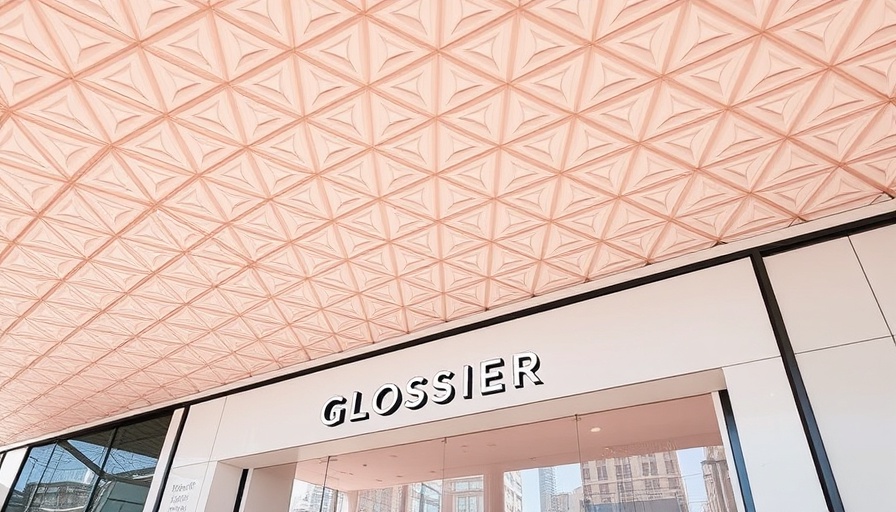
Glossier's New Leadership: Navigating the Future of Beauty
In a significant move that underscores the dynamism of the beauty industry, Glossier has recently appointed a new CEO, expected to steer the brand towards innovative horizons. This leadership change is not just a matter of replacing one executive with another; it signifies a strategic pivot that could influence marketing trends, customer engagement, and overall brand direction.
Why CEO Changes Matter in the Beauty Sector
The appointment of a new CEO often reflects deeper corporate strategies aimed at adapting to market changes. For Glossier, a brand that has prided itself on its community-driven approach, the new leadership could mean a strengthening of customer connections, particularly as consumer behavior continually evolves due to technological advancements and shifting preferences.
Emphasizing Technology in Leadership Strategy
As the beauty industry increasingly integrates technology, Glossier's new CEO is likely to prioritize digital innovation. The rise of AI in business not only tailors customer experiences but also streamlines operations—beneficial for owners of MedSpas aiming to enhance operational efficiency. Companies that embrace these technologies are often at the forefront of customer behavior insights, allowing them to make informed decisions.
Potential Impacts on MedSpas and Aesthetic Businesses
For MedSpa owners and managers, observing how Glossier's leadership transition unfolds can provide valuable lessons. The effective use of technology and innovative marketing strategies could inspire similar practices within their own operations, driving client retention and boosting profitability. Trends initiated by a major player like Glossier often ripple through the industry, prompting competitors to adapt their approaches and engage customers more effectively.
Future Trends in the Aesthetic Industry and Beyond
Glossier's new direction under fresh leadership could herald future trends in sustainability and ethical beauty practices. By investing in sustainable luxury and sustainable packaging, brands may not only secure their market position but also attract a growing demographic of environmentally-conscious consumers. This shift towards responsible business practices aligns with the increasing public demand for transparency and ethical considerations in beauty.
Client Relationships and Loyalty Programs as Key Growth Tools
Additionally, a revitalized focus on building customer loyalty might emerge as a priority for Glossier under its new CEO. The incorporation of loyalty programs within MedSpa practices could similarly provide a significant advantage, fostering long-term relationships and enhancing customer acquisition strategies. As competition intensifies, leveraging such tools will be critical for growth.
Conclusion: Lessons for the Aesthetic Industry
As Glossier embarks on this new chapter, MedSpa owners and managers can glean insightful perspectives on leadership adaptation and technology integration. By staying attuned to industry shifts led by influential brands, professionals in the aesthetic sphere can better position themselves to meet evolving customer needs.
Take action now to explore how leadership changes at brands like Glossier can inform your own business strategies and operational plans. Consider implementing innovative technologies and loyalty programs that could change the way you connect with your clients.
 Add Row
Add Row  Add
Add 

 Add Element
Add Element 


Write A Comment